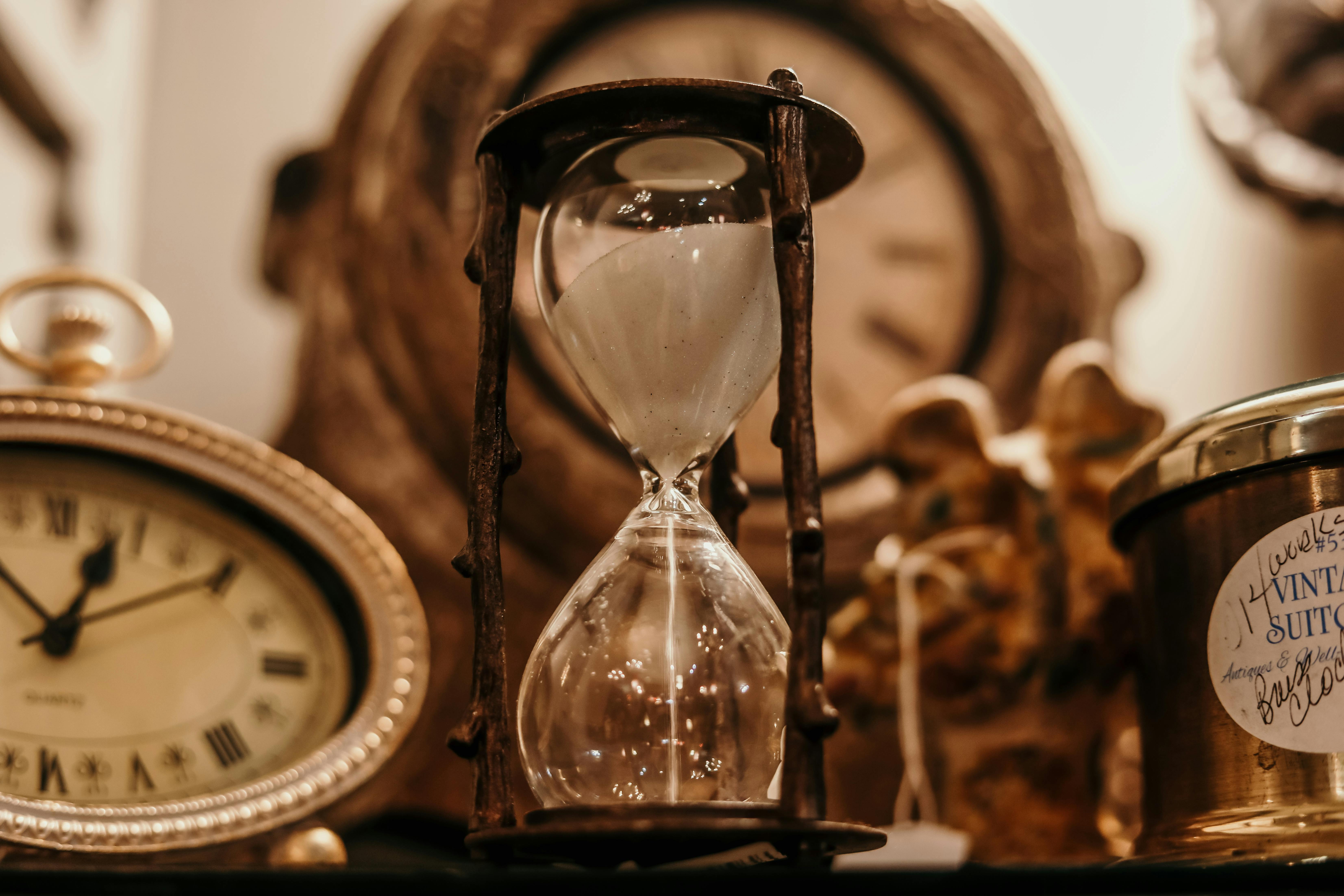Antiques are items, often furniture, art, jewelry, or household goods, that are valuable because of their age, rarity, and craftsmanship. Typically, an item must be at least 100 years old to be considered an antique, though this can vary based on culture and personal definitions. Collecting antiques is a popular hobby, and some people find significant value in restoring and selling these items.
Here’s a bit more about different categories of antiques:
- Furniture: Antique furniture, like chairs, tables, and cabinets, often reflects the design trends of its era. Examples include Victorian, Art Deco, and Rococo styles, known for intricate designs and high-quality materials.
- Art and Paintings: Antique art pieces, such as paintings, sculptures, and pottery, often hold historical significance. Many collectors seek pieces from specific periods like the Renaissance or the Impressionist movement.
- Jewelry: Antique jewelry is known for its distinct styles and gemstones, often representing the Victorian, Edwardian, or Art Nouveau periods. These pieces often carry high craftsmanship and unique designs.
- Books and Manuscripts: Rare or first-edition books, along with handwritten manuscripts, are prized by collectors. Some date back centuries and can provide insights into historical literature and thought.
- Glassware and Ceramics: Antique glassware, porcelain, and ceramics, like Meissen or Wedgwood, have intricate detailing and designs. They’re often associated with high value, especially if they’re well-preserved.
Antiques are often valued for their historical significance, rarity, condition, and provenance (documented history of ownership). They can be purchased from antique dealers, auctions, and estate sales, and their value may increase over time, making them both treasured collectibles and investments.
